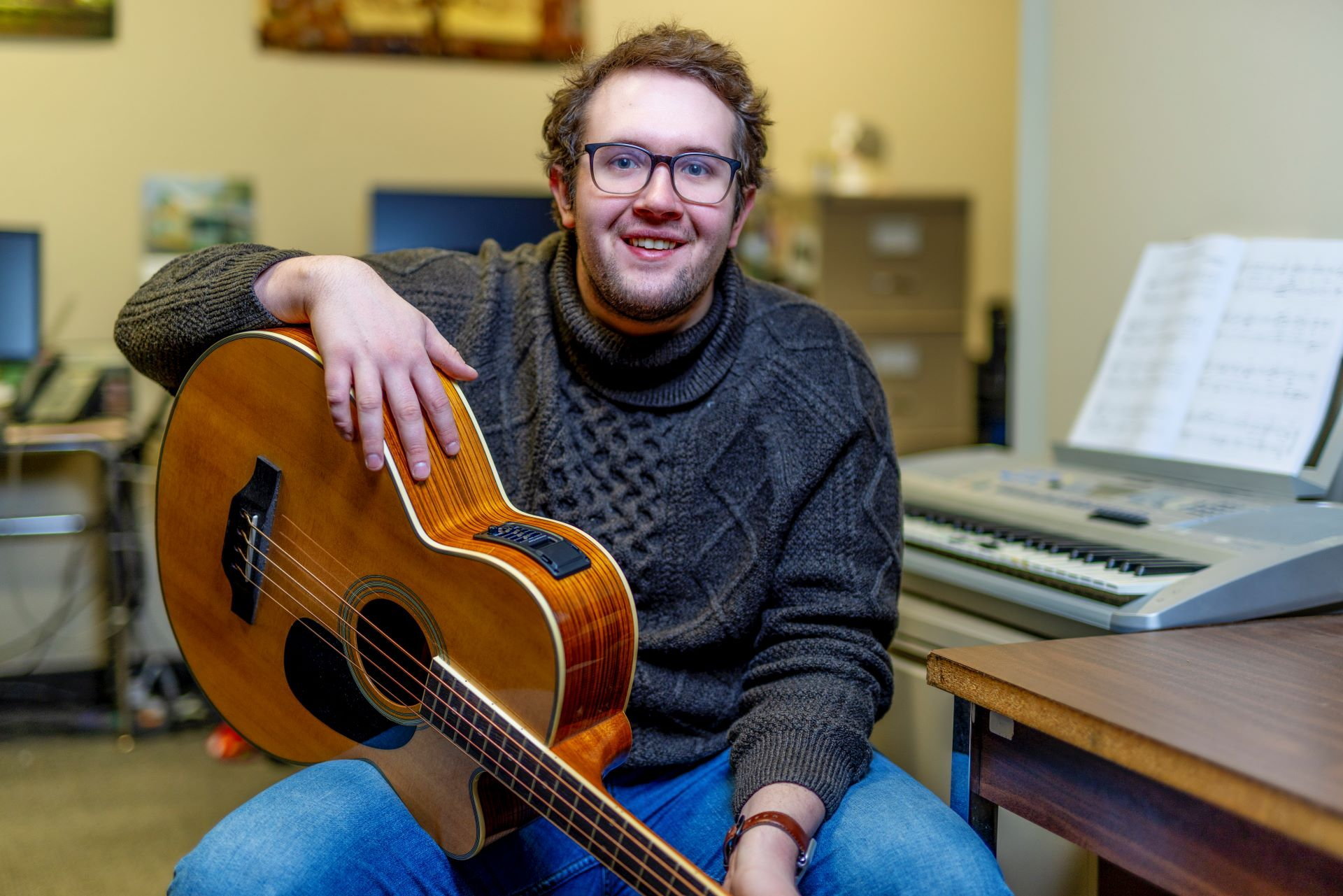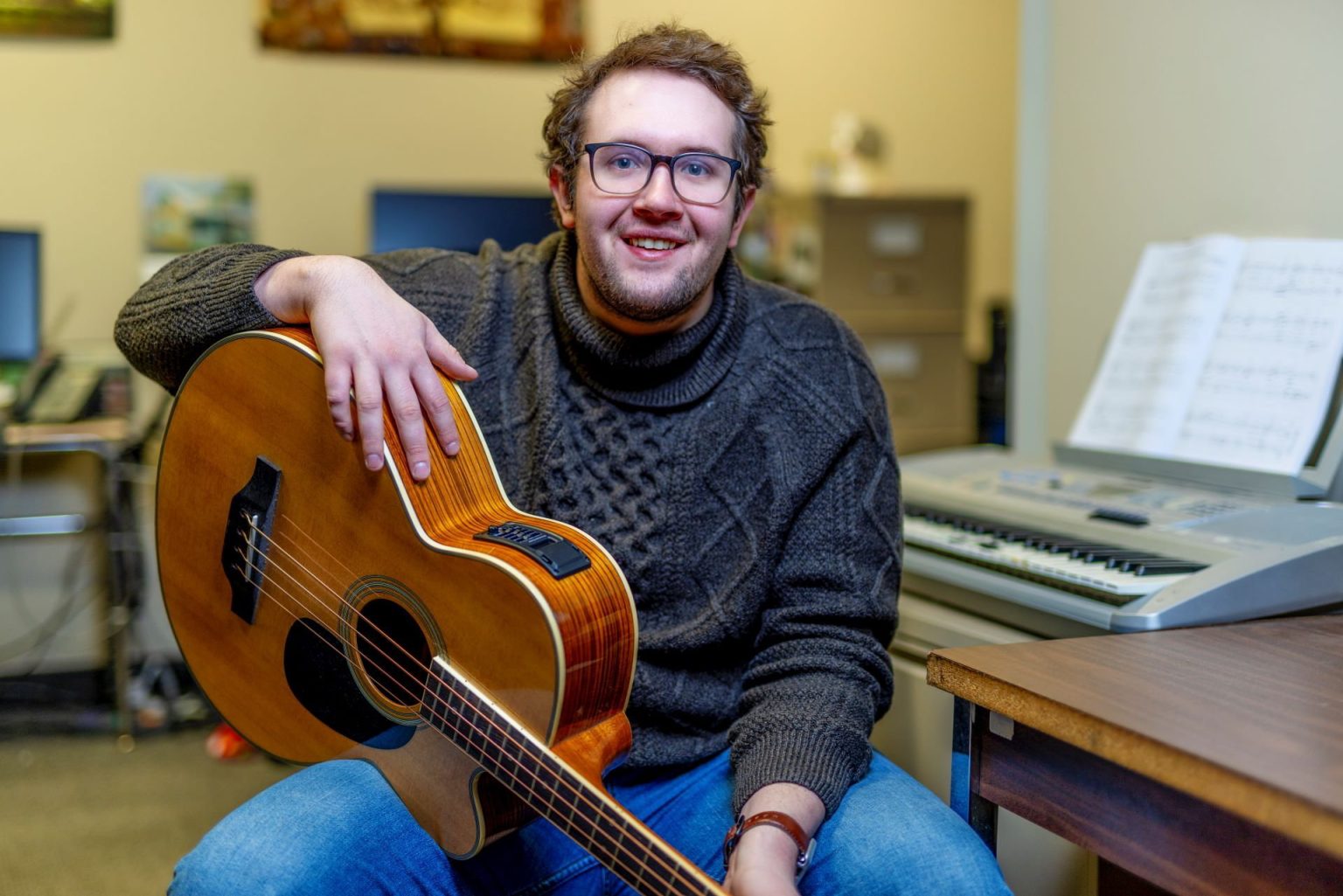SWSCmusic – by Stephen Beech
Music makes people move – even when they don’t like it, according to new research.
The pleasurable urge to move to music – “to groove” – appears to be a physiological response independent of how much we generally enjoy music, say scientists.
The study, published in the journal PLOS One, found that the groove response is so strong it is even found in people with musical anhedonia – those who take little or no pleasure from music.
Recent research shows the two aspects of groove, pleasure and the urge to move, while usually closely correlated, may in fact be separable.
Lead author of the new study Isaac Romkey and his colleagues compared groove responses to more than 50 short pieces of music in people with musical anhedonia and non-anhedonic controls.
Participants with musical anhedonia were only included if they derived pleasure from other aspects of life, such as food or sex, and if they exhibited appropriate reward responses across other metrics.
The research team also ensured participants were not depressed and had intact pitch and beat perception.
The participants listened to short pieces of music designed to elicit a groove response and varied in rhythmic complexity.
After each piece, they were asked to rate how much pleasure they experienced and how much it made them want to move.
Mr Romkey, a PhD student in the Department of Psychology at Concordia Universityin Canada, said: “Normally, we would expect to see an inverted U-shaped response to rhythmic complexity, meaning that we want to move to music that is of medium complex rhythms as opposed to music that is very simple or very complex.”
Based on that, the research team hypothesised that people with anhedonia would show lower pleasure ratings but preserved urge to move ratings for groovy music.
But the researchers found no differences in either pleasure or urge to move in anhedonics compared to controls.
And they showed that for people with anhedonia, the urge to move appears to drive their experience of pleasure.
Mr Romkey says that suggests that the “blunted” pleasure sensation found in people with musical anhedonia is compensated by the urge to move.
He said: “In the musical anhedonia group, we expected to see a flattening of that U-shaped curve, but that is not what we saw.
“That implies that for those with musical anhedonia, they derive pleasure from the urge to move.
“More generally, it suggests that the urge to move may itself generate pleasure.”
The causes of musical anhedonia remain understudied, but Mr Romkey says it appears to be heritable.
He noted that the urge to move has been linked to the dorsal striatum, a part of the brain that is linked to motor functions, while pleasure is more associated with the ventral striatum, which regulates reward, motivation and goal-directed behaviour.
Mr Romkey added: “For future studies, we are going to look at differences in functional and structural connectivity in the brain between anhedonics and controls in the dorsal and ventral striatum using imaging techniques including MRI and magnetoencephalography.”




